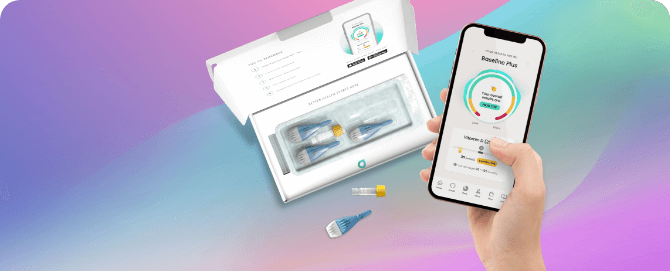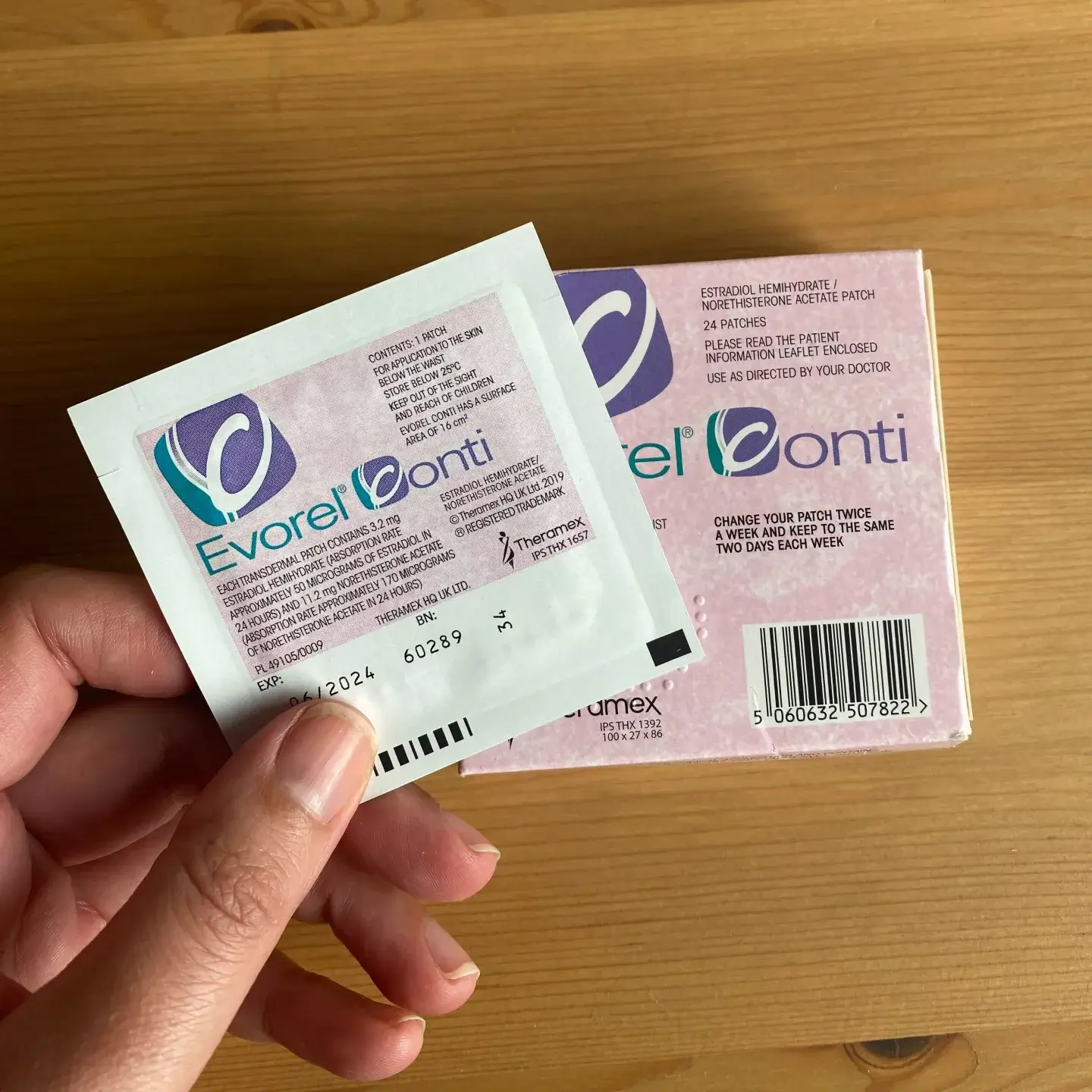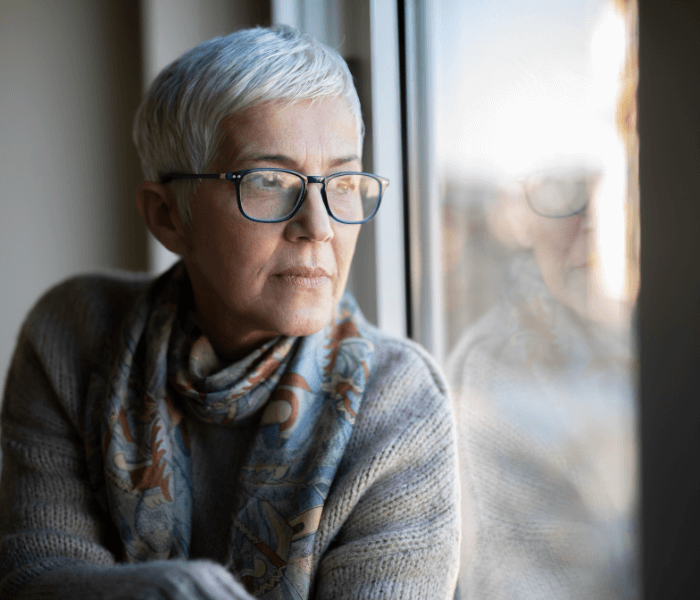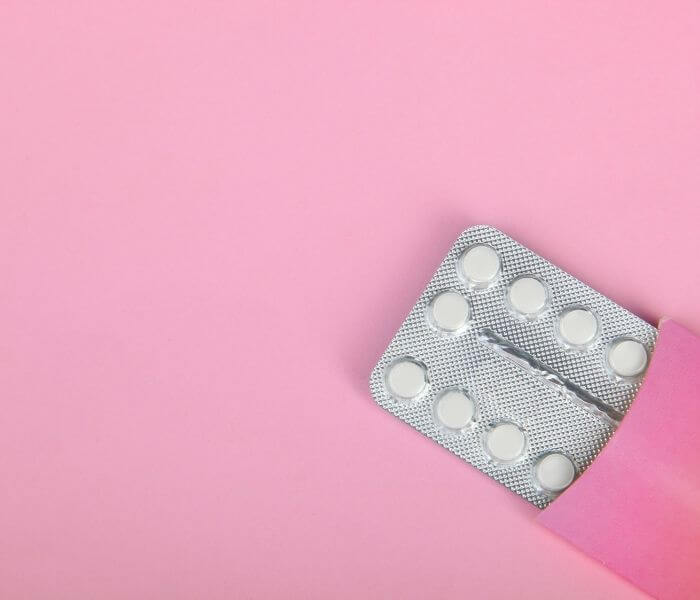3 mins read
My Tipping Point for taking HRT: Bone Mass & Osteopenia
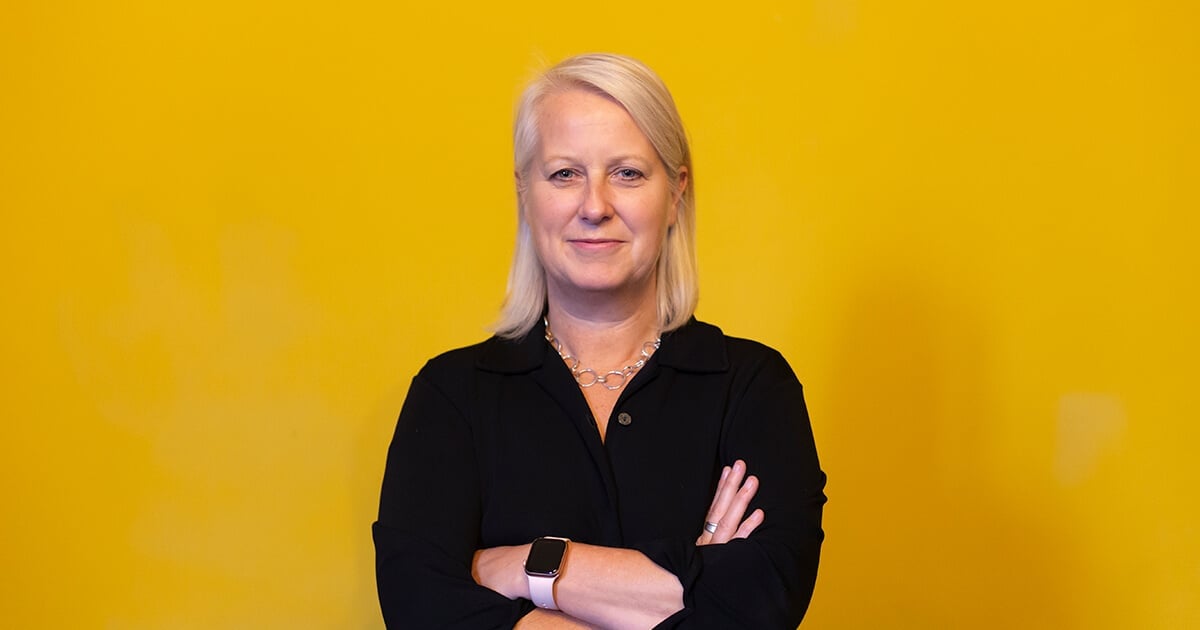
Sarah Bolt, CEO at Forth discusses the key moment which prompted her to take HRT.
I started noticing changes in my health around my mid-late 40s. My periods had always been very regular, predictable almost down to the day. Then they started to change.
The change was very gradual at first, slightly later, slightly heavier.
I was a busy working Mum, running around after two boys, so didn’t pay much attention to it. However, I downloaded a period tracking app to start tracking the changes I thought might be happening.
Around the same time, I also noticed that I was feeling a bit down. I couldn’t quite put my finger on it but after spending a lifetime being quite a positive person, I felt my outlook had become a lot gloomier.
Like a lot of women hitting the ‘middle life’ I had a lot going on, I had also taken the decision to start Forth, so had the added pressures of launching a start-up business, so didn’t automatically attribute changes in my mood to the deregulation of my hormones.
And then around the age of 50 the hot flushes arrived. Still, I didn’t feel my symptoms warranted taking HRT…that was until I had a bone scan!
What is a bone density scan?
Bone density scans are a quick and painless way of measuring the density and strength of your bones and the subsequent risk of fractures. The established standard of measurement is through DEXA or DXA scan.
At Forth, I’m lucky enough to have direct access to medical specialists and occasionally have the opportunity to take part in trials. Four years ago, I took part in a bone scan trial conducted by endocrinology specialist, Dr Nicky Keay, which used a new type of technology.
The bone scan results were a revelation—I was diagnosed with osteopenia.
What is osteopenia?
Osteopenia is a reduction in bone mass density. It means that my bones are weaker than what is considered normal. Although it doesn’t necessarily mean that I will go on to develop osteoporosis, it does mean that I am at a higher risk of doing so.
What are the signs and symptoms of osteopenia?
There are none, so without the scan, I would have been blissfully unaware that my bones were not as strong as they should be.
What’s the link between osteopenia and menopause?
Unfortunately, as a woman over 50, I am more at risk of developing Osteopenia. What I didn’t appreciate was the important role that oestrogen plays in keeping our bones strong and healthy. The deregulation of my hormones and subsequent drop in oestrogen was a contributing factor in the weakening of my bones.
According to the Endocrine Society, 20% of bone loss occurs during the menopause journey[1] meaning that 1 in every two post menopause women will go on to develop osteoporosis.
The role of HRT in bone health
According to Nice guidelines, the risk of bone fractures is reduced in women taking HRT as it restores the body’s level of oestrogen[2]. Although this benefit only lasts as long as hormone replacement therapy (HRT) is being taken, studies have found that the use of transdermal oestrogen can improve bone mass density (BMD).
The bone scan was my tipping point. Armed with a post-it note from an endocrinology specialist which indicated the type and form of HRT she recommended, I made an immediate appointment with my GP.
Whilst the statistics on osteoporosis are heavily weighted against women, I may not avoid developing the condition. However, I am determined to take proactive steps to delay it and HRT certainly has an important role to play in this.
- Health scores calculated
Close
Article references
This information has been medically reviewed by Dr Thom Phillips
Thom works in NHS general practice and has a decade of experience working in both male and female elite sport. He has a background in exercise physiology and has published research into fatigue biomarkers.

Dr Thom Phillips
Head of Clinical Services
Related articles
Like this article? Here are some more based on similar topics.

